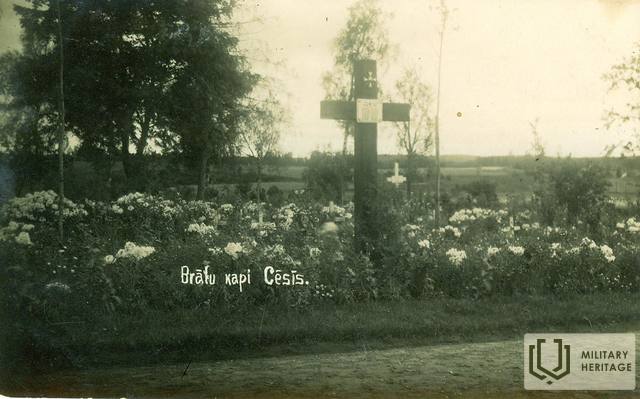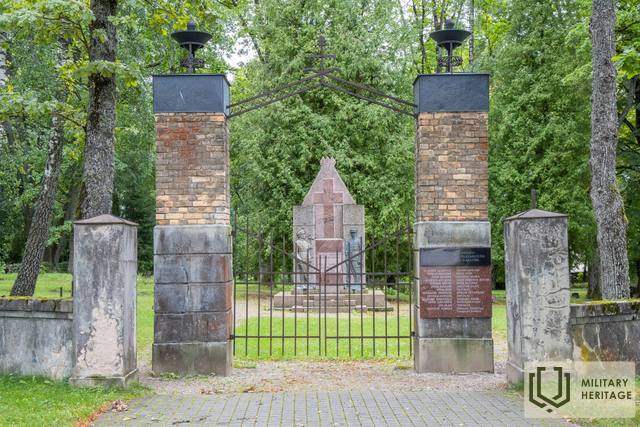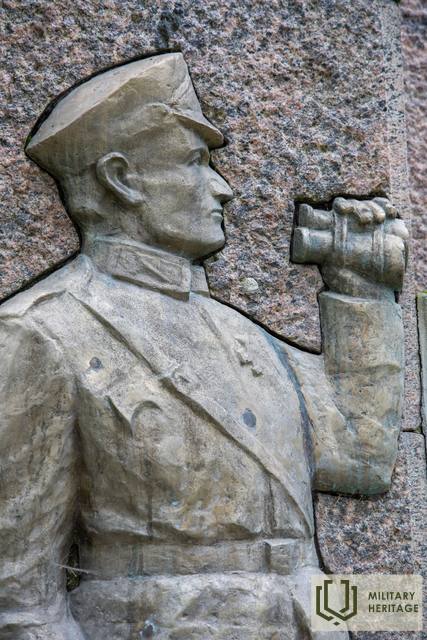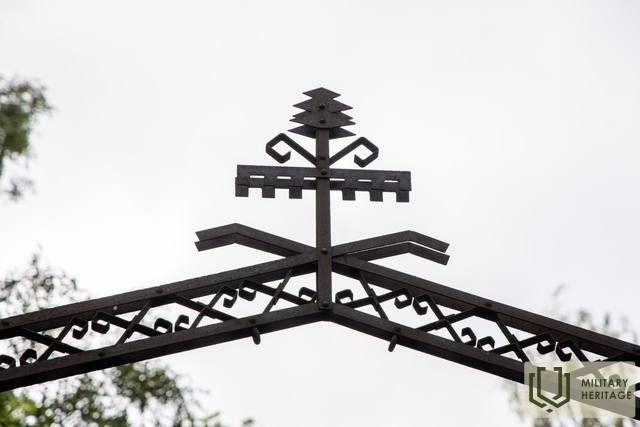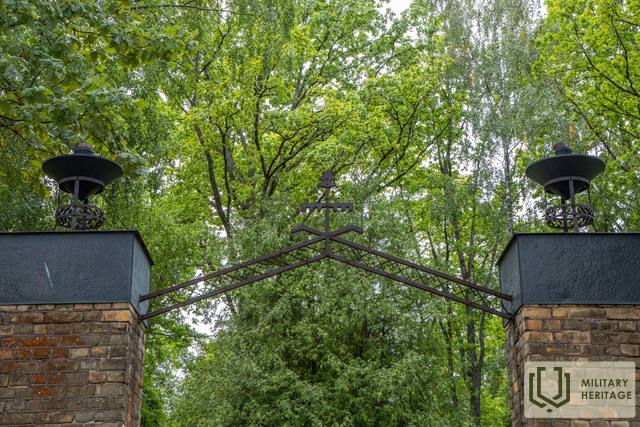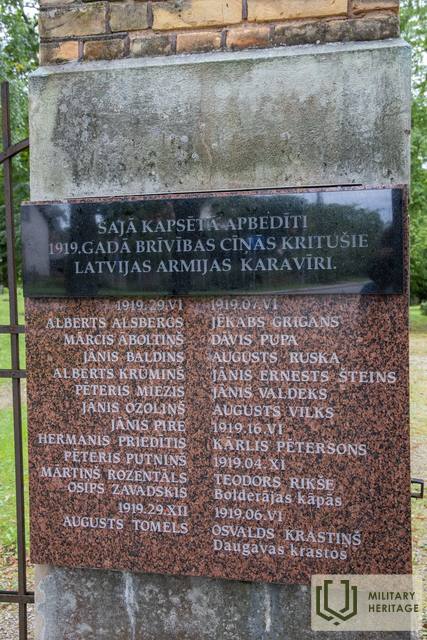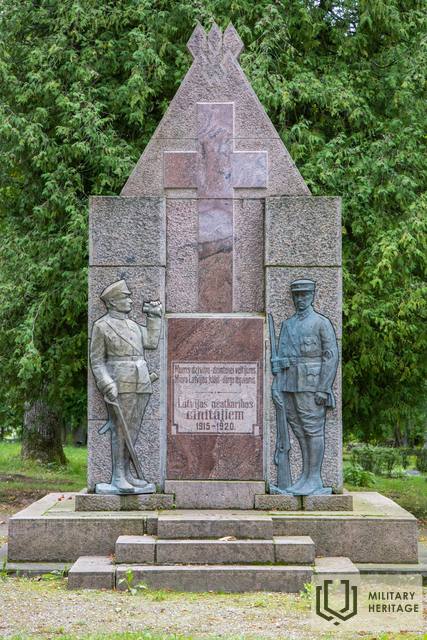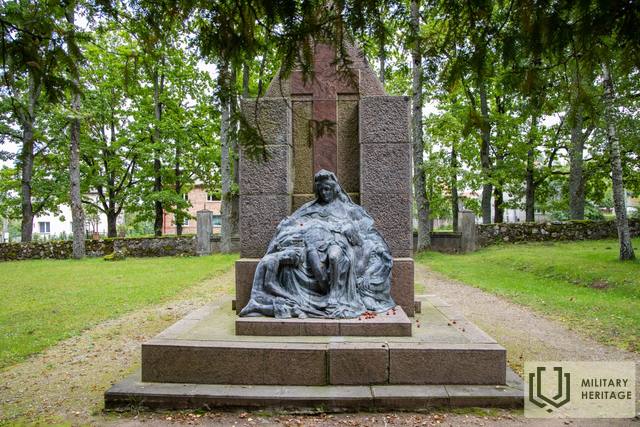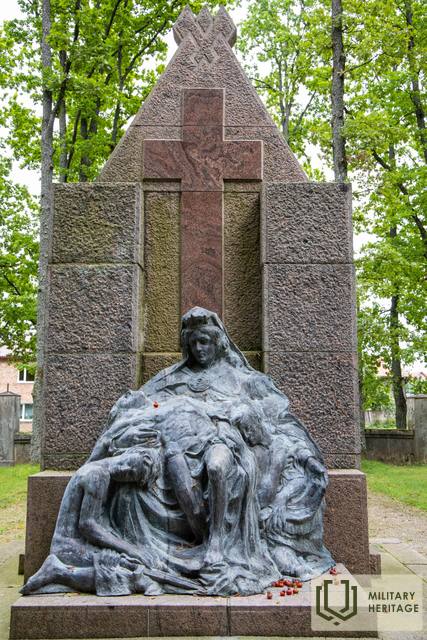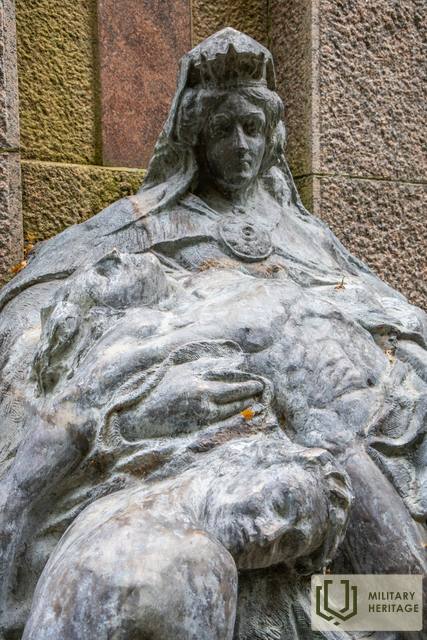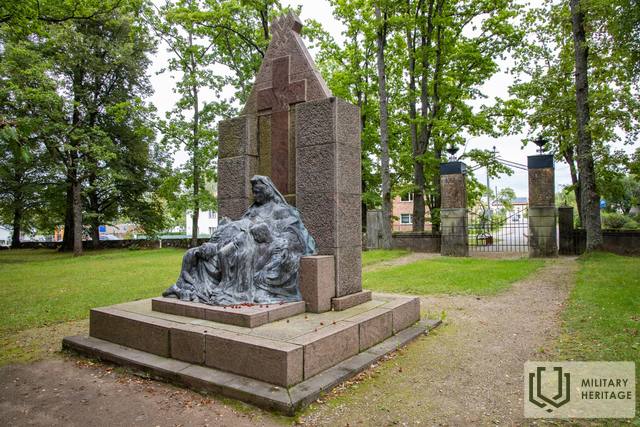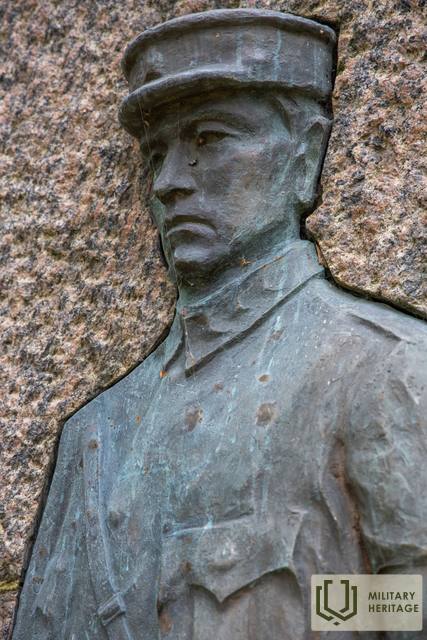Cesis Brothers Cemetery Memorialinis vieta
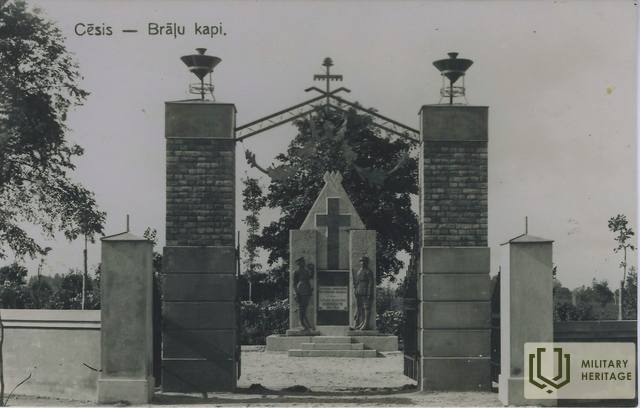

 89
89



Located in Cēsis Lejas Cemetery, Lenču Street 15, Cēsis.
One of the most important memorial sites of the First World War and the War of Independence in Cēsis is the Brothers' Cemetery in the Lower Cemetery.
The cemetery is the monument of the Brethren's Cemetery, built in 1927 by the artist and thinker of Cēsis Augustus Julla (1872-1958), dedicated to the soldiers buried in the Brothers' Cemetery from 1915 to 1920.
About 200 soldiers are buried in the Brothers Cemetery of Cēsis Lower Cemetery. Among them, an unknown number of Latvian riflemen and Russian soldiers killed in the First World War, as well as soldiers of German (10), Polish and other nationalities. During the Latvian Liberation War, 22 fallen soldiers of the 5th (2nd) Cēsis Infantry Regiment, as well as 11 freedom fighters who fell in other Latvian army units, were buried in these cemeteries. 2 Estonians, 15 victims of Bolsheviks and also Latvian Red Riflemen are buried in the Brothers' Cemetery.
Panaudoti šaltiniai ir literatūra:
Tālis Pumpuriņš, historian
karavirukapi.blogspot.com
Susijusi laiko juosta
Susijusios temos
Susijusi istorija
Cėsių mūšio pradžia, eiga ir pabaiga
Pergalei Cėsių mūšyje buvo lemta tapti lūžiu latvių ir estų kovoje už savo šalies nepriklausomybę. Ši pergalė padarė tašką Andrievo Niedros vyriausybės ir vokiečių generolo Rüdigerio von der Goltzo planams užkariauti Baltijos šalis. Vietoj to Liepojoje savo veiklą atnaujino Laikinoji Latvijos vyriausybė, vadovaujama Kārlio Ulmanio.
Paminklas, skirtas Cėsių pulko studentų būriui prie buvusių Līvu parapijos namų
1919 m. Cėsių mūšiuose dalyvavo Cėsių pulko savanorių moksleivių kuopa, kuri birželio 5 d. Cėsių vidurinės mokyklos patalpose buvo suformuota iš 108 jaunuolių iš Valmieros ir Cėsių mokyklų. Jau naktį iš birželio 5 d. į 6 d., maždaug valandai po vidurnakčio, suskambėjo aliarmas ir įmonei buvo liepta persikelti į vietą. Kuopa žengė į Mācītājmuiža – Meijermuiža liniją, kuri buvo laikoma svarbiausia mūšio zona.
Pirmajame mūšyje buvo sužeisti keli studentai, tačiau tą pačią dieną nuo labai rimtos skrandžio žaizdos mirė Edgars Krieviņš iš Valmiera. Birželio 13 d., Valmieros miesto kapinėse, su karine pagyrimu palaidotas. Edgaras Krieviņš po mirties buvo apdovanotas Lāčplėsio karo ordinu.
Neįprasta paminklo Cėsių pulko mokyklinei kuopai istorija
1919 m. Cėsių mūšiuose dalyvavo Cėsių pulko savanorių mokinių kuopa, kuri birželio 5 d. buvusios Cėsių vokiečių progimnazijos patalpose Dārza gatvėje (dabar Bērzaines g. 4) susibūrė kaip kovinis būrys iš 108 Valmieros ir Cėsių mokyklų jaunuolių. Jau naktį iš birželio 5 d. į 6 d., maždaug valandą po vidurnakčio, nuskambėjo aliarmas ir įmonei buvo liepta persikelti į vietą. Kuopa žengė į Mācītājmuiža – Meijermuiža liniją, kuri buvo laikoma svarbiausia mūšio zona.
Cėsių Naujoji pilis – sienos, sukūrusios Latvijos valstybės saugumą ir tebesaugančios asmens dokumentus
Cėsių Naujoji pilis pastatyta ant karinio įtvirtinimo – viduramžių pilies – griuvėsių. Tačiau tai ne vienintelė pastato karinė reikšmė.




